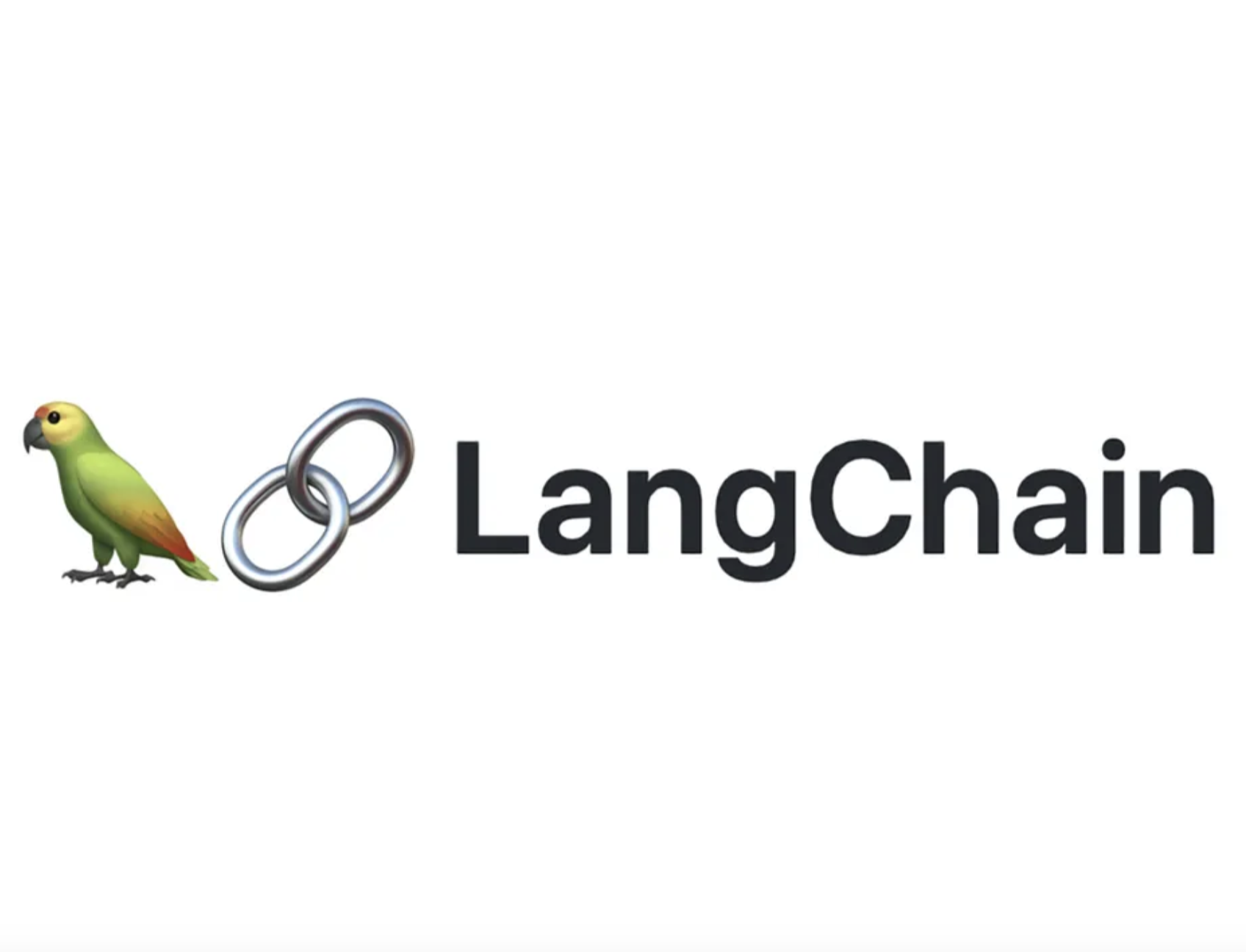
by Joche Ojeda | Feb 7, 2025 | Uncategorized
I recently had the privilege of conducting a training session in Cairo, Egypt, focusing on modern application development approaches. The session covered two key areas that are transforming how we build business applications: application frameworks and AI integration.
Streamlining Development with Application Frameworks
One of the highlights was demonstrating DevExpress’s eXpressApp Framework (XAF). The students were particularly impressed by how quickly we could build fully-functional Line of Business (LOB) applications. XAF’s approach eliminates much of the repetitive coding typically associated with business application development:
- Automatic CRUD operations
- Built-in security system
- Consistent UI across different platforms
- Rapid prototyping capabilities
Seamless Integration: XAF Meets Microsoft Semantic Kernel
What made this training unique was demonstrating how XAF’s capabilities extend into AI territory. We built the entire AI interface using XAF itself, showcasing how a traditional LOB framework can seamlessly incorporate advanced AI features. The audience, coming primarily from JavaScript backgrounds with Angular and React experience, was particularly impressed by how this approach simplified the integration of AI into business applications.
During the demonstrations, we explored practical implementations using Microsoft Semantic Kernel. The students were fascinated by practical demonstrations of:
- Natural language processing for document analysis
- Automated content generation for business documentation
- Intelligent decision support systems
- Context-aware data processing
Student Engagement and Outcomes
The response from the students, most of whom came from JavaScript development backgrounds, was overwhelmingly positive. As experienced frontend developers using Angular and React, they were initially skeptical about a different approach to application development. However, their enthusiasm peaked when they saw how these technologies could solve real business challenges they face daily. The combination of XAF’s rapid development capabilities and Semantic Kernel’s AI features, all integrated into a cohesive development experience, opened their eyes to new possibilities in application development.
Looking Forward
This training session in Cairo demonstrated the growing appetite for modern development approaches in the region. The intersection of efficient application frameworks and AI capabilities is proving to be a powerful combination for next-generation business applications.
And last, but not least, some pictures )))

by Joche Ojeda | Jan 7, 2024 | A.I
Introduction
In the ever-evolving landscape of artificial intelligence, LangChain has emerged as a pivotal framework for harnessing the capabilities of large language models like GPT-3. This article delves into what LangChain is, its historical development, its applications, and concludes with its potential future impact.
What is LangChain?
LangChain is a software framework designed to facilitate the integration and application of advanced language models in various computational tasks. Developed by Shawn Presser, it stands as a testament to the growing need for accessible and versatile tools in the realm of AI and natural language processing (NLP). LangChain’s primary aim is to provide a modular and scalable environment where developers can easily implement and customize language models for a wide range of applications.
Historical Development
The Advent of Large Language Models
The genesis of LangChain is closely linked to the emergence of large language models. With the introduction of models like GPT-3 by OpenAI, the AI community witnessed a significant leap in the ability of machines to understand and generate human-like text.
Shawn Presser and LangChain
Recognizing the potential of these models, Shawn Presser embarked on developing a framework that would simplify their integration into practical applications. His vision led to the creation of LangChain, which he open-sourced to encourage community-driven development and innovation.
Applications
LangChain has found a wide array of applications, thanks to its versatile nature:
- Customer Service: By powering chatbots with nuanced and context-aware responses, LangChain enhances customer interaction and satisfaction.
- Content Creation: The framework assists in generating diverse forms of written content, from articles to scripts, offering tools for creativity and efficiency.
- Data Analysis: LangChain can analyze large volumes of text, providing insights and summaries, which are invaluable in research and business intelligence.
Conclusion
The story of LangChain is not just about a software framework; it’s about the democratization of AI technology. By making powerful language models more accessible and easier to integrate, LangChain is paving the way for a future where AI can be more effectively harnessed across various sectors. Its continued development and the growing community around it suggest a future rich with innovative applications, making LangChain a key player in the unfolding narrative of AI’s role in our world.

by Joche Ojeda | Jan 3, 2024 | A.I
Enhancing AI Language Models with Retrieval-Augmented Generation
Introduction
In the world of natural language processing and artificial intelligence, researchers and developers are constantly searching for ways to improve the capabilities of AI language models. One of the latest innovations in this field is Retrieval-Augmented Generation (RAG), a technique that combines the power of language generation with the ability to retrieve relevant information from a knowledge source. In this article, we will explore what RAG is, how it works, and its potential applications in various industries.
What is Retrieval-Augmented Generation?
Retrieval-Augmented Generation is a method that enhances AI language models by allowing them to access external knowledge sources to generate more accurate and contextually relevant responses. Instead of relying solely on the model’s internal knowledge, RAG enables the AI to retrieve relevant information from a database or a knowledge source, such as Wikipedia, and use that information to generate a response.
How does Retrieval-Augmented Generation work?
RAG consists of two main components: a neural retriever and a neural generator. The neural retriever is responsible for finding relevant information from the external knowledge source. It does this by searching for documents that are most similar to the input text or query. Once the relevant documents are retrieved, the neural generator processes the retrieved information and generates a response based on the context provided by the input text and the retrieved documents.
The neural retriever and the neural generator work together to create a more accurate and contextually relevant response. This combination allows the AI to produce higher-quality outputs and reduces the likelihood of generating incorrect or nonsensical information.
Potential Applications of Retrieval-Augmented Generation
Retrieval-Augmented Generation has a wide range of potential applications in various industries. Some of the most promising use cases include:
- Customer service: RAG can be used to improve the quality of customer service chatbots, allowing them to provide more accurate and relevant information to customers.
- Education: RAG can be used to create educational tools that provide students with accurate and up-to-date information on a wide range of topics.
- Healthcare: RAG can be used to develop AI systems that can assist doctors and healthcare professionals by providing accurate and relevant medical information.
- News and media: RAG can be used to create AI-powered news and media platforms that can provide users with accurate and contextually relevant information on current events and topics.
Conclusion
Retrieval-Augmented Generation is a powerful technique that has the potential to significantly enhance the capabilities of AI language models. By combining the power of language generation with the ability to retrieve relevant information from external sources, RAG can provide more accurate and contextually relevant responses. As the technology continues to develop, we can expect to see a wide range of applications for RAG in various industries.

by Joche Ojeda | Dec 18, 2023 | A.I
ONNX: Revolutionizing Interoperability in Machine Learning
The field of machine learning (ML) and artificial intelligence (AI) has witnessed a groundbreaking innovation in the form of ONNX (Open Neural Network Exchange). This open-source model format is redefining the norms of model sharing and interoperability across various ML frameworks. In this article, we explore the ONNX models, the history of the ONNX format, and the role of the ONNX Runtime in the ONNX ecosystem.
What is an ONNX Model?
ONNX stands as a universal format for representing machine learning models, bridging the gap between different ML frameworks and enabling models to be exported and utilized across diverse platforms.
The Genesis and Evolution of ONNX Format
ONNX emerged from a collaboration between Microsoft and Facebook in 2017, with the aim of overcoming the fragmentation in the ML world. Its adoption by major frameworks like TensorFlow and PyTorch was a key milestone in its evolution.
ONNX Runtime: The Engine Behind ONNX Models
ONNX Runtime is a performance-focused engine for running ONNX models, optimized for a variety of platforms and hardware configurations, from cloud-based servers to edge devices.
Where Does ONNX Runtime Run?
ONNX Runtime is cross-platform, running on operating systems such as Windows, Linux, and macOS, and is adaptable to mobile platforms and IoT devices.
ONNX Today
ONNX stands as a vital tool for developers and researchers, supported by an active open-source community and embodying the collaborative spirit of the AI and ML community.
ONNX and its runtime have reshaped the ML landscape, promoting an environment of enhanced collaboration and accessibility. As we continue to explore new frontiers in AI, ONNX’s role in simplifying model deployment and ensuring compatibility across platforms will be instrumental in advancing the field.

by Joche Ojeda | Dec 17, 2023 | A.I
In the dynamic world of artificial intelligence (AI) and machine learning (ML), diverse models such as ML.NET, BERT, and GPT each play a pivotal role in shaping the landscape of technological advancements. This article embarks on an exploratory journey to compare and contrast these three distinct AI paradigms. Our goal is to provide clarity and insight into their unique functionalities, technological underpinnings, and practical applications, catering to AI practitioners, technology enthusiasts, and the curious alike.
1. Models Created Using ML.NET:
- Purpose and Use Case: Tailored for a wide array of ML tasks, ML.NET is versatile for .NET developers for customized model creation.
- Technology: Supports a range of algorithms, from conventional ML techniques to deep learning models.
- Customization and Flexibility: Offers extensive customization in data processing and algorithm selection.
- Scope: Suited for varied ML tasks within .NET-centric environments.
2. BERT (Bidirectional Encoder Representations from Transformers):
- Purpose and Use Case: Revolutionizes language understanding, impacting search and contextual language processing.
- Technology: Employs the Transformer architecture for holistic word context understanding.
- Pre-trained Model: Extensively pre-trained, fine-tuned for specialized NLP tasks.
- Scope: Used for tasks requiring deep language comprehension and context analysis.
3. GPT (Generative Pre-trained Transformer), such as ChatGPT:
- Purpose and Use Case: Known for advanced text generation, adept at producing coherent and context-aware text.
- Technology: Relies on the Transformer architecture for subsequent word prediction in text.
- Pre-trained Model: Trained on vast text datasets, adaptable for broad and specialized tasks.
- Scope: Ideal for text generation and conversational AI, simulating human-like interactions.
Conclusion:
Each of these AI models – ML.NET, BERT, and GPT – brings unique strengths to the table. ML.NET offers machine learning solutions in .NET frameworks, BERT transforms natural language processing with deep language context understanding, and GPT models lead in text generation, creating human-like text. The choice among these models depends on specific project requirements, be it advanced language processing, custom ML solutions, or seamless text generation. Understanding these models’ distinctions and applications is crucial for innovative solutions and advancements in AI and ML.








